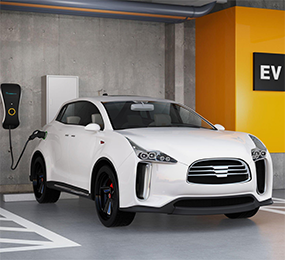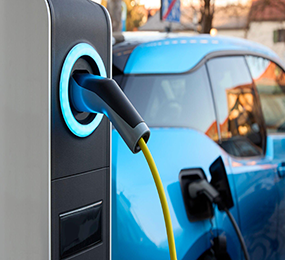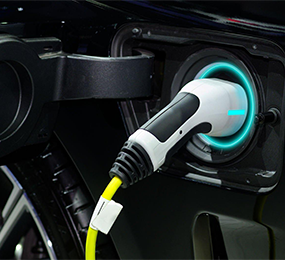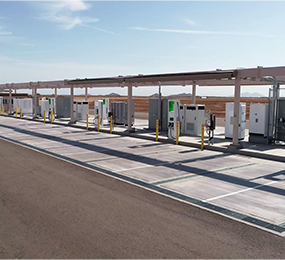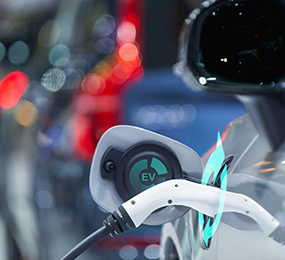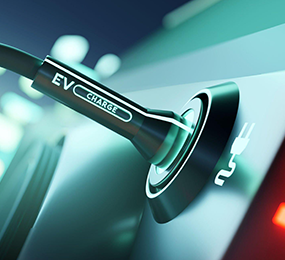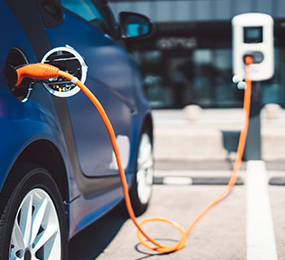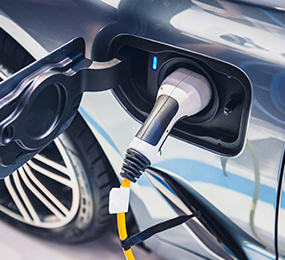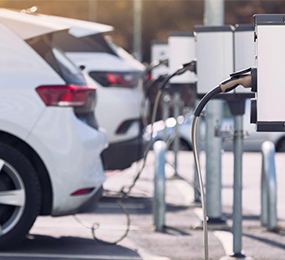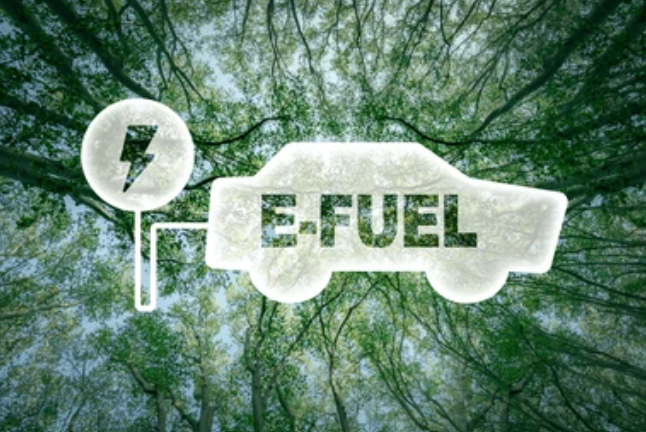The Fit for 55 Package and Electric Mobility
The Fit for 55 Package presents a groundbreaking set of ambitious initiatives to be implemented across all sectors and businesses by 2030. Naturally, the law recommendations outlined above go much beyond electric mobility and transportation.
Lowering road transport emissions
Reduced emissions from vehicle transportation are a critical component of the Fit for 55 Package. It's no surprise, given that road travel accounts for the majority of total transport emissions, according to the European Environment Agency. It released 72 percent of all domestic and international transportation Greenhouse Gases in 2019. (GHG).
The Fit for 55 Package identifies electric mobility as a pillar for transportation decarbonization, with the goal of:
• Accelerating the roll-out of charging infrastructure;
• Making driving electric easier and more accessible to consumers; and
• Establishing a clear, binding phase-out date for fossil fuels.
To achieve these objectives, three pieces of legislation will have an influence on the decarbonization of Europe's transportation industry.
Infrastructure for charging
The Alternative Fuels Infrastructure Regulation updates the 2014 Alternative Fuels Infrastructure Directive, which obliged EU nations to adopt national policy frameworks (NPFs) for building publicly accessible filling and recharging sites for alternative fuel cars and boats.
The Directive also sought to strengthen coordination of alternative fuel infrastructure development in order to ensure the long-term security required for investment in alternative fuel and alternative fuel vehicle technologies. The version presented in July contains numerous major legislative changes, ranging from binding objectives for EV charging infrastructure to a new requirement to improve the usability of charging infrastructure.
Electricity from renewable sources
The Renewable Energy Directive was first passed in 2009 in order to achieve the EU target of a minimum 20% share of renewable energy sources in final energy consumption by 2020. According to the Commission's proposal for a reformed Renewable Energy Directive, the EU's mandatory minimum proportion of renewables in final energy consumption will be 40% by 2030. The Commission's proposal would also establish particular smart charging and V2G criteria for private EV recharging stations, as well as a new credit system targeted at increasing the use of renewable power in transportation.
New car CO2 emissions regulations
The CO2 emission performance requirements for vehicles and vans Regulation establishes CO2 emission reduction objectives for new automobiles and vans. The latest amended proposal calls for the complete phase-out of internal combustion engine vehicles by 2035, with objectives of zero greenhouse gas emissions for new cars and vans sold after that date. By 2030, the Regulation also establishes an intermediate reduction objective of -55 percent for vehicles and -50 percent for vans.
So, are these recommendations now in effect? Not yet, because such plans must first go through a lengthy parliamentary procedure.
Legislative procedure
The Fit for 55 Package will have to go through the EU parliamentary procedure before it becomes legislation. The European Parliament and the Council of the European Union are now reviewing the first section of the plan, which was submitted on July 14th. Both parties will offer recommended revisions to the package, and once an agreement is reached, the plan will become law.
Visit our website to know more: https://bit.ly/3W0umUp
For more information and group participation, contact us: [email protected]
Leadvent Group - Industry Leading Events for Business Leaders!


